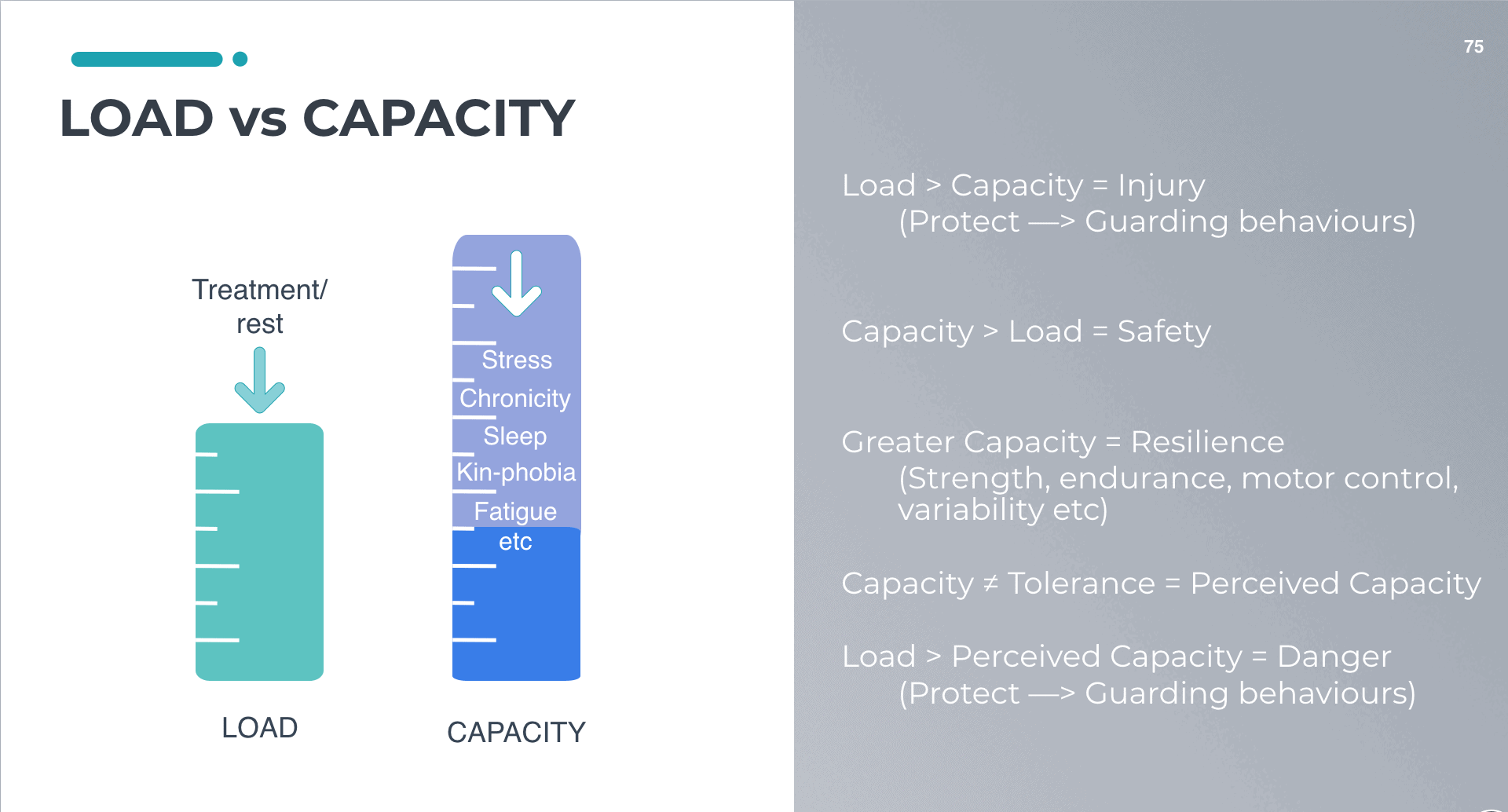
This is a great question and one that we get asked a lot! Imaging can be helpful for diagnosing acute injuries and more sinister conditions, but at times can be misleading when diagnosing long standing pain complaints.
The first thing we need to mention with this is that many “irregularities” found on X-Rays, MRIs, CTs and Ultrasounds aren’t necessarily causing your pain. Many people with no symptoms at all have findings on imaging studies that were a 'slam dunk' diagnosis once upon a time.
Imaging Example: Meet Anna - 39 yo
Anna went to her local healthcare professional after suffering with low back pain for 6 months. She was sent for an MRI to help figure out what is causing her pain. Anna's results show that she has two disc bulges in her lower back. Anna's healthcare provider sees these results and diagnoses her with an L4/5 an L5/S1 Disc Bulge and says this is the cause of her pain.
So what is wrong with this scenario?
Many studies have looked into disc bulges and have found that approximately 40% of the population who are Anna's age have disc bulges but with no history of pain or disability. Furthermore, with no prior MRI to refer to we can't be sure that Anna's disc bulges are new! They could have been there since she was a 20 and were never a problem for her.
“The findings of your imaging are often normal for your age and aren't always relevant to your injury.”
So what does this mean? Well, this person likely had their disc bulge for a while without having any back pain and may still have it well after her pain resolves and she resumes her normal activities. This means that her pain was never caused by changes to the shape of her discs. Anna's diagnosis should be based on more than just imaging; it should take into account her history, description and location of the pain as well as movement and strength assessments completed by a health professional.
The most important take-away here is to not place too much emphasis on your imaging results. They can be useful to exclude or confirm certain things but should never be used to diagnose the "cause" on their own. The findings of your imaging results are often normal for your age and aren’t always relevant to your injury.
As always, train smart and train hard 🙂
Share this story
